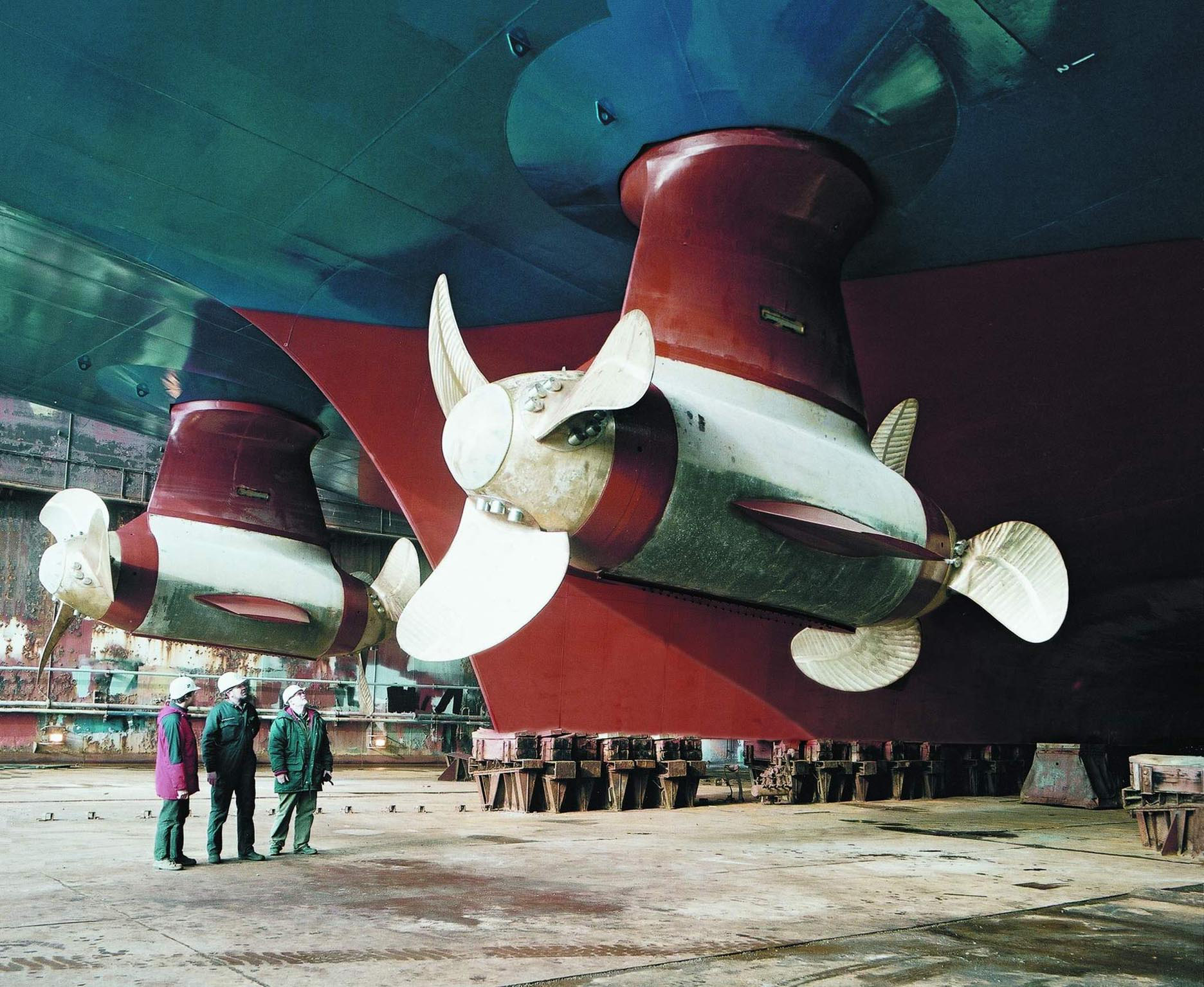
By June 1996 that team had developed into the "specialized engine engineering research center" by 2008 there were more than a hundred researchers. The 711th Institute was founded in April 1963, but it was not until more than a decade later, in 1975, that it ventured into the field of air-independent propulsion systems by establishing an office for a "specialized engine," setting up a team of about a dozen researchers. ( 中国船舶重工集团公司第七一一研究所), referred as a "specialized engine" in official Chinese sources. from Tsinghua University in 1996.)Īccording to the Chinese newspaper Science and Technology Daily (科技日报), this 041 class is equipped with an air-independent propulsion system developed by the 711th Research Institute of the China Shipbuilding Heavy Industry Group Corp. (Ma, born in Yangzhong in 1960, obtained his Ph.D. The general designer of the all-electric propulsion systems used in these boats is Professor Ma Weiming (马伟明) of China's Naval Engineering University. The same all-electric propulsion design is also modified for use on the Chinese navy's Type 093 submarine and Type 094 submarine.
DIESEL ELECTRIC SUBSMARINE WIKI FULL
Diesel engines are used for conventional propulsion this class is the first boat in the Chinese inventory that can achieve full electrical propulsion, which greatly reduces radiation noise. But the system still needs further testing, and the current rumor that the pump-jet is planned for later units of this class is highly unlikely. According to the official academic journals published in China, compared to the seven-bladed propeller currently used, the prototype of the indigenously-developed pump-jet can reduce noise level by 7 dB at 6 knots or 10 - 12 dB at 11 knots. The Type 041 is likely to be fitted with a comparable surface/air search radar similar to the MRK-50 SNOOP TRAY, a commercial navigation radar like a Furuno unit observed on a number of SONG class and ESM system is comparable to the Type 921-A.Ĭontrary to many erroneous claims circulated on the internet by domestic Chinese military enthusiasts, the rumored pump-jet propulsion system is not used on this submarine, because that system is still under development. Comparable systems are expected to be installed for the Type 041.
It also has access to a wide range of modern Russian sonar systems (MG-519 MOUSE ROAR, MGK-500 SHARK GILL) through its purchase of the Kilo Class. At least seven boats have been commissioned as of 2013 by the PLAN.Ĭhina was known to have imported the Thales TSM 2233 ELEDONE / DSUV-22 and Thales TSM 2255 / DUUX-5 from France during the 1980s and early 1990s. This class is designed to replace the aging Romeo and Ming Class SSKs that previously formed the backbone of the PLAN conventional submarine force. The CY-1 ASW missile has a maximum range of 18 km (10 nm), and when using A244 or Mark 46 torpedo as a payload. The Type 041 is also capable of firing the CY-1 ASW missile under water, but the status of the missile is in question because nothing is heard about its production. It carries a 165 kg time-delayed semi-armour-piercing high-explosive warhead, with a maximum range of 80~120 km and speed of Mach 0.9. The missile uses inertial + terminal active radar guidance.
DIESEL ELECTRIC SUBSMARINE WIKI SERIES
The Type 041 is also believed to be capable of launching YJ-8X (C-80X) series anti-ship missiles.

The general designer of the torpedo and missile launching system is Mr. These can be used to launch indigenous as well as Russian-made torpedoes. The Type 041 has six 533 mm torpedo tubes. A new improved "A" variant was also launched. Additionally, the submarine is covered with rubber anti-sonar protection tiles to reduce the risk of detection. The submarine is equipped with indigenously developed cabin-raft (shock absorbers) system that helped to reduce noise level by over 35 dB.

A pair of foreplanes are positioned in the middle of the sail. The teardrop shape also suggests a pressurized double hull design inherited from the Kilo. The teardrop shaped hull and large sail suggest heavy Kilo influence. The Type 041 inherits the tail design of the Type 039 (NATO codename: Song class) with four diving planes and a single large shaft.


 0 kommentar(er)
0 kommentar(er)
